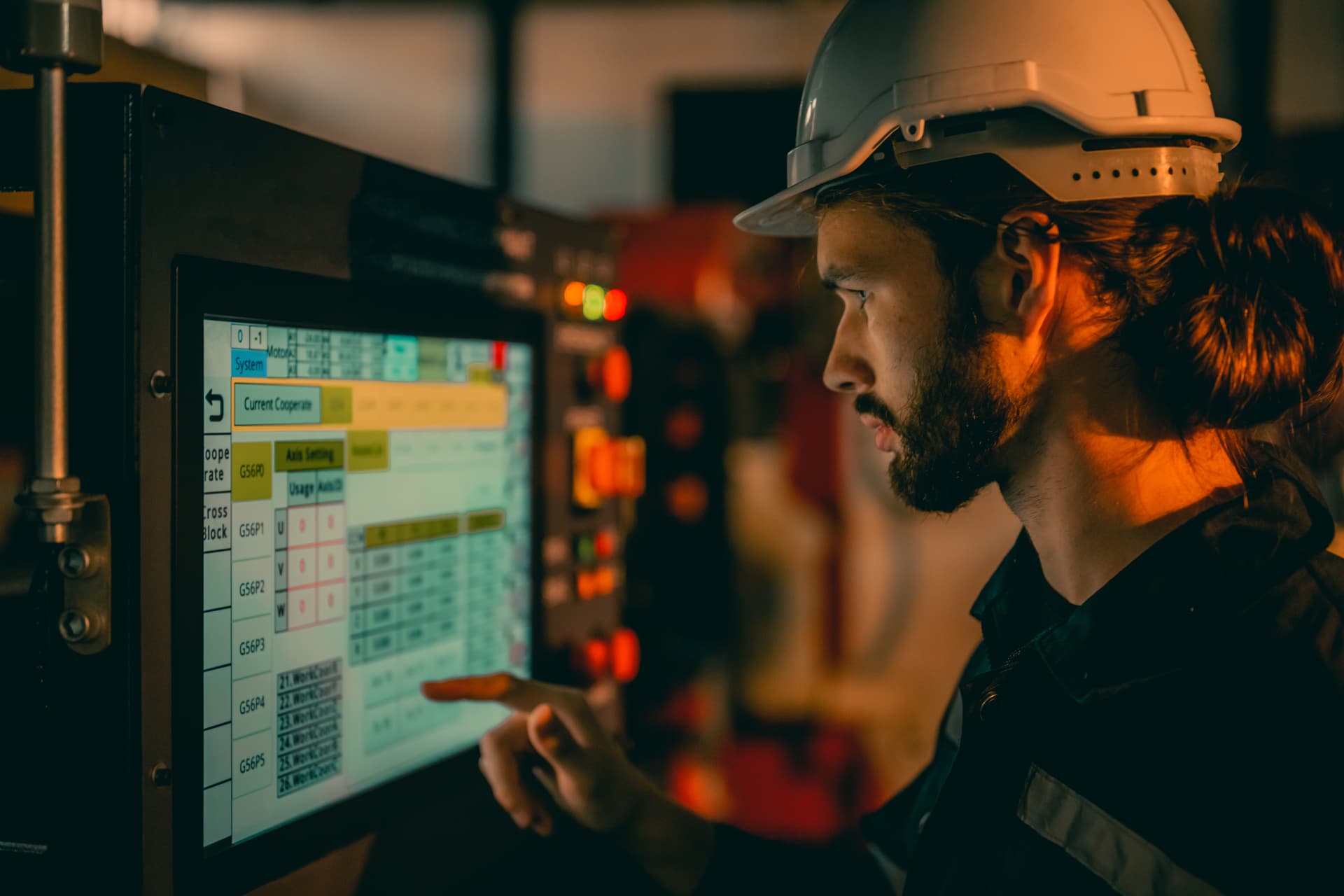Automation and process mining are powerful tools for improving business processes, but their true potential is unlocked when used together. Process mining provides deep insights into how processes actually function, while automation streamlines repetitive tasks and enhances efficiency. When combined, these technologies help businesses identify inefficiencies, optimize workflows, and drive faster, smarter decision-making.
In this article, we’ll explore how to integrate process mining and automation effectively, highlighting the benefits and best practices for seamless implementation.
What Is Process Mining?
Process mining involves analyzing event logs from IT systems to uncover how processes are performed in real-world operations. It maps out workflows, identifies deviations, and reveals bottlenecks that can slow down performance.
How process mining works
Process mining tools collect data from various sources like enterprise resource planning (ERP), customer relationship management (CRM), and supply chain systems. By visualizing these processes, companies can understand where delays occur and where resources are being wasted. This visibility allows teams to refine processes before implementing automation solutions.
What Is Automation?
Automation, particularly robotic process automation (RPA), focuses on executing rule-based tasks without human intervention. RPA is designed to handle repetitive tasks like data entry, invoicing, or order processing. It increases speed, reduces errors, and frees up employees to focus on higher-value tasks.
Types of automation
Automation can be divided into attended and unattended processes. Attended automation works alongside employees, handling repetitive tasks while employees manage exceptions. Unattended automation operates independently, running workflows continuously without human input.
How Automation and Process Mining Work Together
When combined, process mining and automation create a cycle of continuous improvement, known as intelligent process automation (IPA). Here’s how they work together:
Identifying automation opportunities
Process mining provides a clear view of processes, helping businesses pinpoint where automation can have the greatest impact. For example, it can reveal manual steps that slow down a workflow, making them ideal candidates for automation. This approach ensures that automation efforts are focused on areas that will deliver maximum value.
Enhancing automation accuracy
Process mining helps refine and optimize processes before they are automated. This prevents the automation of inefficient or flawed processes, which can lead to unintended errors or complications. With process mining insights, businesses can ensure that the automated workflows are efficient, accurate, and aligned with strategic goals.
Supporting continuous improvement
Once automation is implemented, process mining continues to play a role in monitoring performance. It tracks how automated processes perform, identifying new bottlenecks or deviations that may have emerged. This ongoing analysis allows businesses to fine-tune their automation strategies and adapt to changing conditions.
Real-World Benefits of Combining Automation and Process Mining
Increased operational efficiency
By integrating process mining with automation, companies can streamline workflows more effectively. For example, combining the two technologies can reduce manual data entry errors in order management or speed up invoice processing by automating steps that were previously manual.
Faster decision-making
Process mining offers a clear view of workflows, enabling faster and more informed decision-making. When paired with automation, this results in real-time updates and adjustments, allowing businesses to adapt quickly to changes in demand or market conditions.
Improved resource allocation
With better visibility into workflows, businesses can allocate resources more efficiently. Automation frees up employees from mundane tasks, while process mining insights ensure that human resources are used where they add the most value—such as in strategic planning or customer engagement.
How to Implement Automation and Process Mining in Your Business
Start with process mapping
Before automating any workflow, use process mining to map out the current state of processes. This helps identify areas of inefficiency and ensures that automation is applied to well-understood tasks.
Choose the right automation tools
Select automation tools that can integrate with your existing systems and support the data collected by process mining. Look for tools that offer seamless integration and scalability as your automation efforts expand.
Monitor and refine continuously
After implementing automation, use process mining to monitor performance. This ongoing analysis helps identify new areas for improvement, ensuring that automation continues to deliver value over time.
Conclusion
Combining automation and process mining is a smart way to drive efficiency, improve workflows, and enhance decision-making. By integrating these technologies, businesses can create a cycle of continuous improvement that optimizes operations and supports strategic growth.
Implementing these tools together isn’t just about automating tasks—it’s about transforming processes to deliver better business outcomes.


